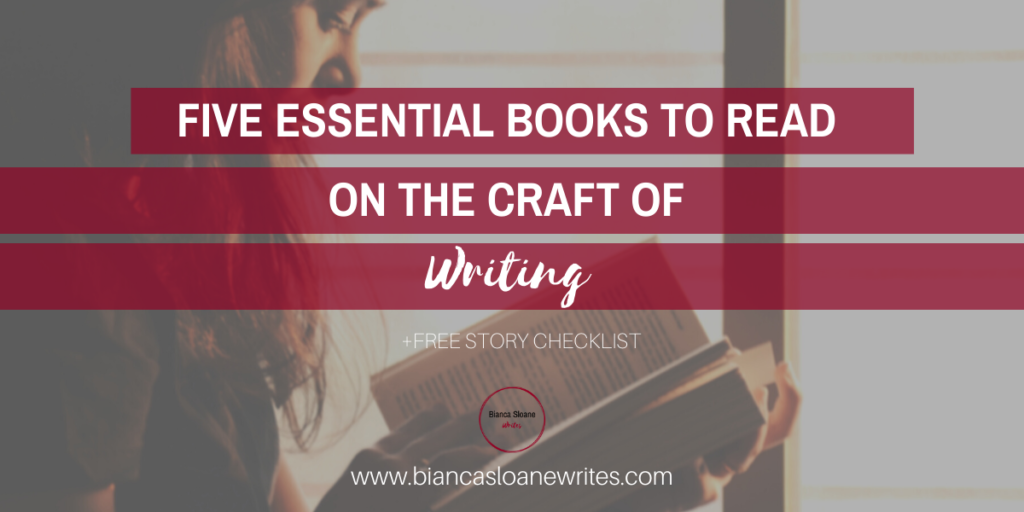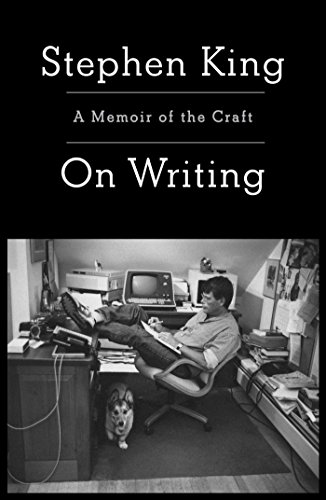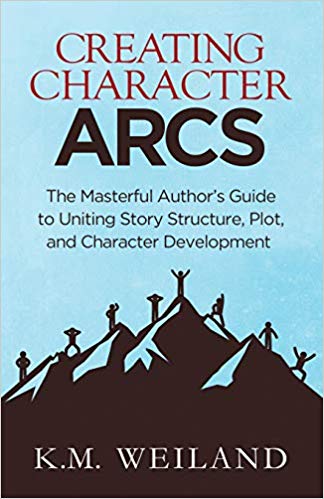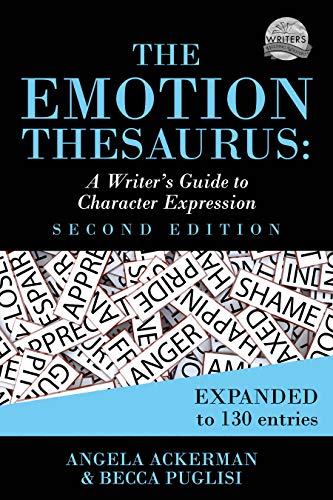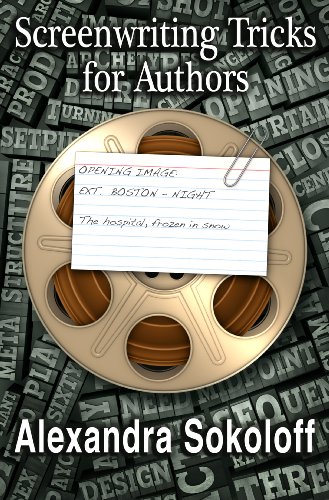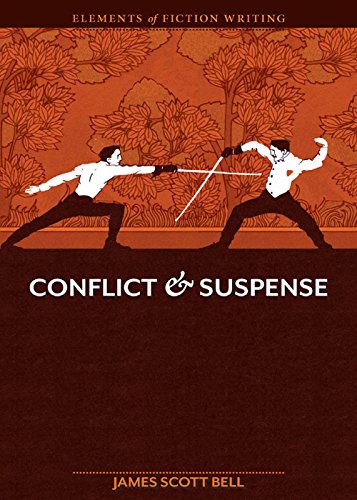Five Essential Books to Read on the Craft of Writing
To be clear, there’s no shortage of books on the market that explore the craft of writing. Running the gamut between the practical to the philosophical, from research to dialogue to character development to story beats, you have to work really hard NOT to find a book or two or ten on how to write a novel.
With so many tomes to choose from, it can be overwhelming trying to figure out which ones to read. Frankly, some can be confusing, which is why reading a variety of craft books is a good thing. You never know which ones will provide the, “Oh, I see” moments. As a newbie writer, one of many pitfalls to avoid is deciding that the best, or only, way to write a book is to just write it. To quote Robert McKee in “Story,” (which I also highly recommend) “Today’s would-be writers rush to the typewriter without first learning their craft.”
While it’s true, there is virtue by doing, skimping on exploration of the craft means you’re flying blind. Worse, you run the risk of carrying the sins of weak (bad) writing from story to story, manuscript to manuscript, which ultimately leads to double or triple the work. Who wants to do that?
It’s simple: you want learn how to drive a car, you have to learn the rules of the road first. You want to bake a cake, you need to read the recipe and assemble your ingredients. You want to learn how to write, you must study the craft of writing.
The following list is by no means a definitive guide—there might be books on this list you’ve never heard of and more well-known staples might be absent. However, writers at any level of the game, from newbie to vet, can benefit from adding any of the five following craft books to their toolbox:
On Writing: A Memoir of the Craft by Stephen King
The gold standard of craft books, “On Writing” should be the first stop for any writer endeavoring to write a novel. If you only read one book (though you should read LOTS) on the craft of writing, make it this one. The first third or so is autobiographical, detailing King’s ramshackle childhood, how he caught the writing bug and where the idea for his blockbuster debut “Carrie,” sprang from. The meat of the book, if you will, is a master class on the craft, from dialogue, the evil of adverbs, setting, pacing … everything. The last part details the crippling car accident that at first, seemed like a death knell, but instead provided new inspiration for King’s writing. Get this book. Now.

Creating Character Arcs: The Masterful Author’s Guide to Uniting Story Structure, Plot, and Character Development by K.M. Weiland “Character drives plot.” An adage you’ll hear over and over again on this journey through craft. “I loved the characters.” Something you’ll hopefully hear a lot in reference to your books! To get to the latter, you need to master the former and K.M. Weiland’s guide will help you get there. Chock-full of tips, tricks, and insights that explore the three basic character arcs: Positive Change Arc, Flat Arc, and Negative Change Arc and how to seamlessly integrate these arcs with story structure. Buy it here.
The Emotion Thesaurus: A Writer’s Guide to Character Expression by Angela Ackerman and Becca Puglisi
A stumbling block for writers at all stages of the game can be getting their characters to express emotion, one of the crucial elements of “show, not tell.” Indexed by emotion, from adoration to worry, “The Emotion Thesaurus” is an easy-to-use guide that offers hints on body language, internal thought and intuitive reactions. Want to convey fear? Choose from such physical signs as “rapid blinking,” “tight shoulders,” or “clammy hands,” and internal sensations like “chest pains” or explosive heartbeats. The recently released second edition has been updated to include 55 new entries. Find it here.
Story Structure Basics: How to Write Better Books by Learning from The Movies by Alexandra Sokoloff
When studying the craft of writing, there’s no rule that says we have to limit ourselves to books. Movies and television can provide an excellent education on the foundations of fiction. Former screenwriter Sokoloff offers practical tips on how to copy the approach employed by movies into our books. She breaks down the Three-Act, Eight Sequence structure used in film by dissecting such classics as “Chinatown” and “Romancing the Stone,” and takes a deep dive into pacing, character arcs, plants and payoffs, suspense and oh, so much more. Soak up the knowledge, take pages of notes, watch lots of movies, and refer to it often. Get it here.
Conflict and Suspense by James Scott Bell
Really, any book about the craft of writing by James Scott Bell is a winner. What’s great about “Conflict and Suspense” is the way it breaks down why these two elements are so vital to storytelling and why ignoring them is at your own peril. Bell takes the reader through his L.O.C.K. System, Doorways of No Return, Three Kinds of Death and more with humor, directness, and a plethora of examples from books and movies. A must for any writer’s bookshelf. Buy it now.
What are some of your favorite books on the craft of writing?

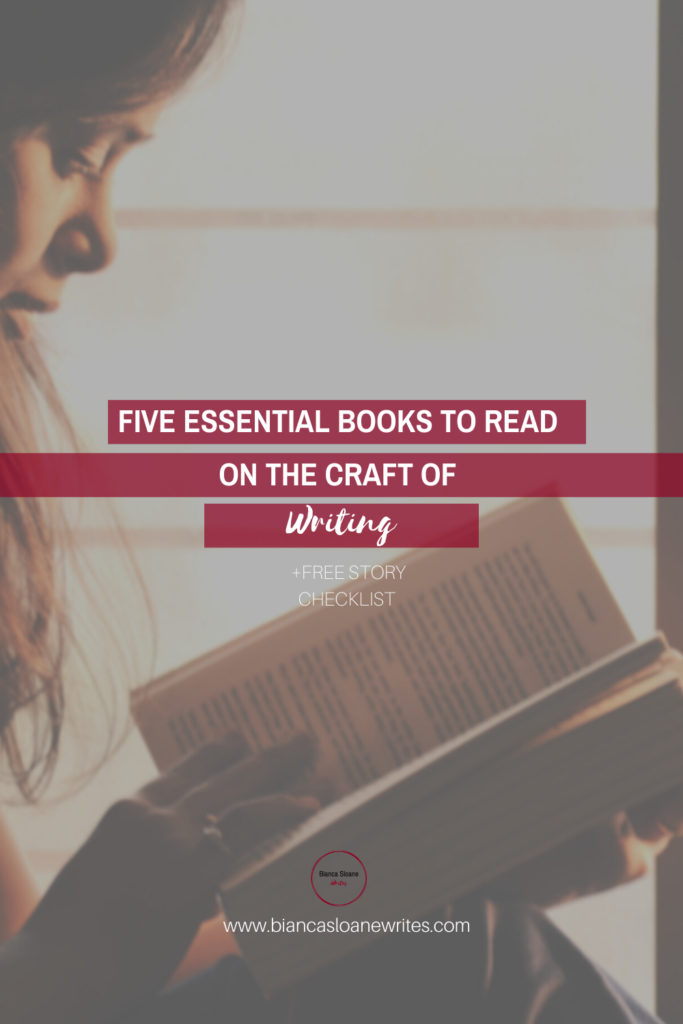
Pin this for later!

